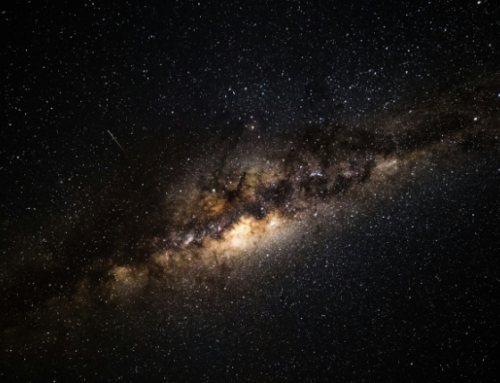Astronauts on the International Space Station (ISS) need cargo to sustain their missions, and they depend on cargo transported via rocket ships to send supplies and tools. However, it sometimes takes weeks or even months for critical supplies to reach them. As humans venture further into space, these cargo missions will become even more expensive and complex.
However, that’s where zero-gravity printing, otherwise known as 3D printing in space, can make its impact. The dependence upon cargo resupply has afforded the space industry opportunities to choose alternate options for spacecraft supplies.
Additive manufacturing is a way of printing 3D parts from a digital machine. For comparison, consider the common office printer; a 2D file prints images and text on paper,while a 3D printer uses a 3D file to distribute thin layers of material on top of the other, creating a fully-formed, 3D model. The 3D print test demonstrated on the International Space Station was a major step toward making zero-gravity 3D printing a reality for long-duration space missions. This will be a significant component for sustainable, deep-space human exploration of far-off, celestial bodies like the moon or Mars, where there is limited availability of Earth-based materials and logistics support.
To prepare for implementing this revolutionary technology in space, NASA’s Marshall Space Flight Center and Made in Space teamed up to develop and launch the first 3D experiment on the International Space Station in 2014. Using extrusion additive manufacturing, the first 3D printer in space created objects layer by layer out of Acrylonitrile Butadiene Styrene (ABS) plastic, which we know as the same material used to make Lego bricks. Over 20 parts are printed on the innovation, as files are loaded onto the printer with additional files uplinked from Earth.
Printing in Space: How it Works
But how exactly does the 3D printing device work? The shoebox-sized printer uses a fused filament fabrication process that feeds a continuous thread of plastic through a heated extruder and onto a tray layer by layer to form the three-dimensional object. It’s encased in metal with a glass window so astronauts who use it can look into the printing process. When NASA/Made in Space’s 3D Printing in Zero Gravity project was being tested, researchers found that zero gravity had no differences on printing 3D objects as compared to being printed on Earth. However, there were some noticeable differences to printing in space.
Tracie Parker, one of the investigators on the research project, explained, “There were some differences in the flight and ground specimen sets, which are likely attributable to the inherent variability in subsequent builds common with additive manufacturing processes. As with any process, it is important to have good process control. The idea with the technology demonstration was to show that you can do this in microgravity, and the only way to test that was operating over time on the station.”
Made In Space then created the Additive Manufacturing Facility (AMF) to print a variety of materials, including engineered plastics. A later investigation created parts with this new printer on the ISS. They printed hundreds of objects that are currently undergoing analysis. However, they took a different testing approach to examine the filament layup on objects and its consistency. One challenge is that there are no firm standards to test 3D printed materials. However, organizations and agencies like NASA are working to advance testing procedures.
Thankfully, the process can further lead to increased cost savings, reduction in mass and labor, along with production time. The ISS crew will be able to use the AMF to perform station maintenance, build new tools, and repair outdated sections of the ISS in an emergency. Plus, the AMF is capable of producing components from a variety of space-rated composites. This diversity of the products allows for various parts and devices to be tailored to the specific need, enabling current and future space-mission applications. By 2026, private space 3D printing is expected to reach $2.1 billion as the space sector embraces additive manufacturing to enhance and optimize space parts to reduce costs and weight. What was seen as pure science fiction just ten years ago is rapidly innovating and making a difference to our future in space.






